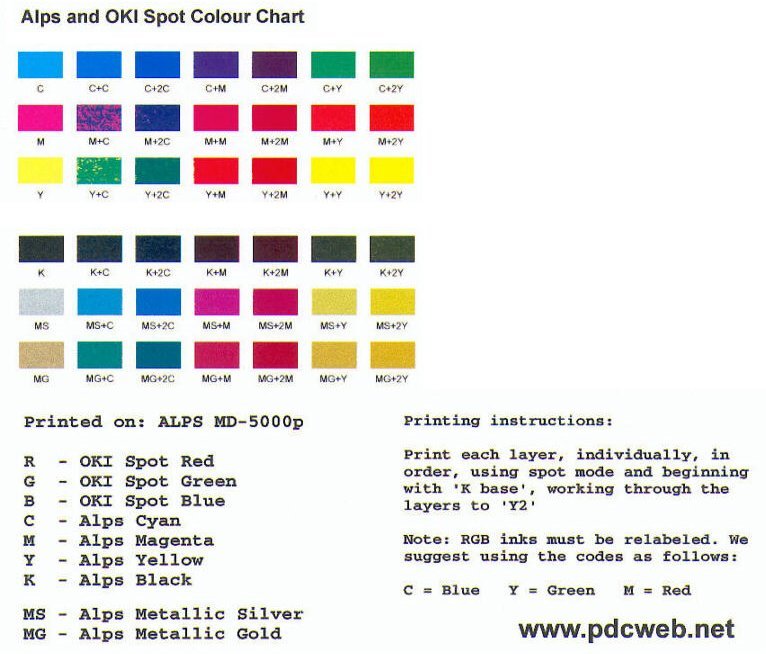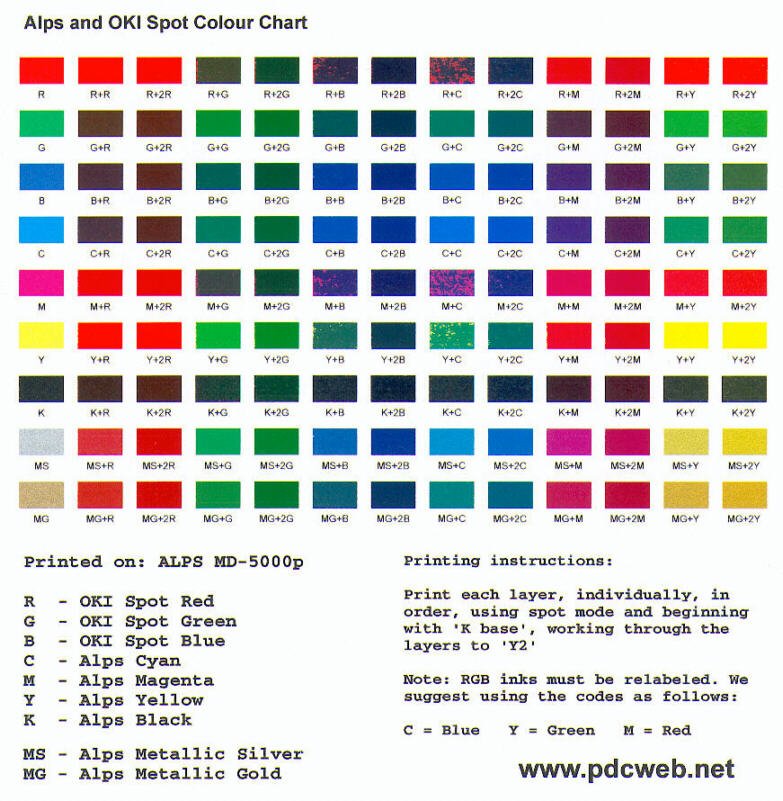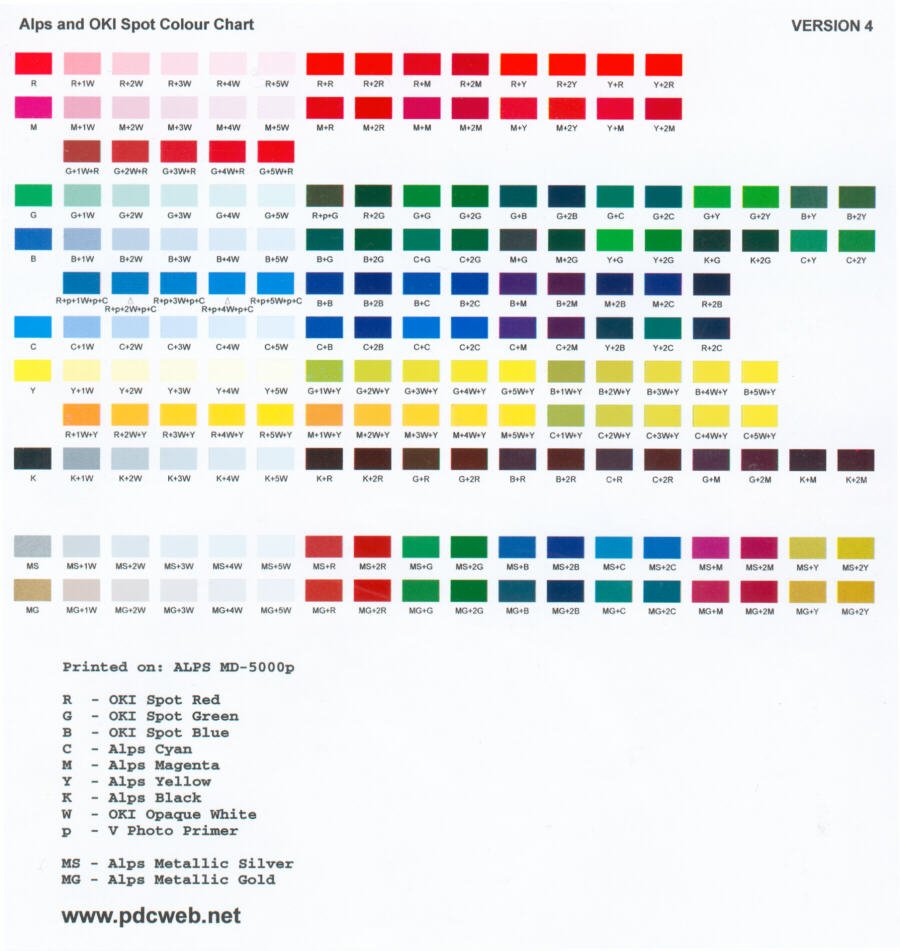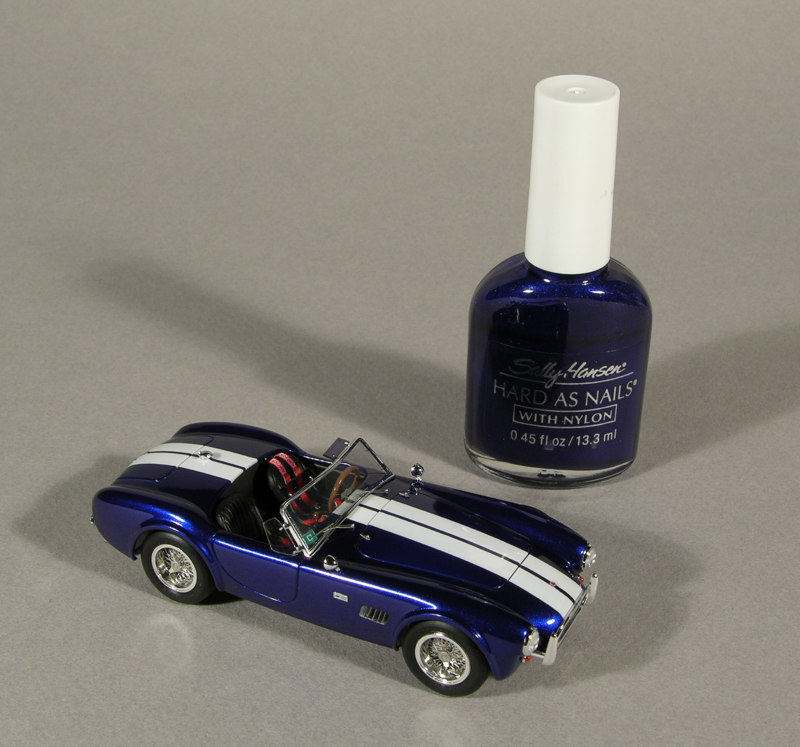-
Posts
8,907 -
Joined
-
Last visited
Content Type
Profiles
Forums
Events
Gallery
Posts posted by peteski
-
-
Be careful when leaving plastic models in non-climate-controlled storage units. Those get very hot (especially in TX in the summer). You might end up with some warped models (or with some tire rot).
-
. . . and why do we care ?
-
I avoid the problem entirely by thoroughly cleaning the seal inside the lid and the bottle opening every time I use the paint.
But if you want to use the clear wrap method and solvent-based paints I recommend to use a plain cling wrap. Press-n-Seal is coated with pressure-sensitive adhesive which will likely get dissolved into the paint. I rather not have my paint contaminated by adhesive (even by a miniscule amount).
-
I have a work lamp with a magnifier, I use Optivisor, and I also have a stereoscopic microscope. Couldn't do it without it.


And for something really crazy check out WIllard Wigan stuff (Google it). Here is a sample (yes, in the eye of a sawing needle):

-
Any lye-based solution (including Super Clean, Purple stuff or even EasyOff oven cleaner) will react with and eat aluminum. This is not a revelation. Lye is also shown in crime-drama movies as a solution which will dissolve corpses. So yes, you better protect your bare skin.
-
Well done - the outdoor photos make it look like 1:1 car!
-
On 2/24/2018 at 5:35 PM, echoxrayniner said:
. Also to Dino, I really wanted to make a elaborate sheet for all sorts of under hood decals but quickly ran into the problem that the printer I use just doesn't have the color fidelity to do strongly detailed small-as-sin decals(unless its black, white, silver or gold, in which case its crisp as all sin!) so I quickly gave up on the idea. I got the designs at least, incase I run into a better source.
Actually, there are 7 colors which are easily printed very sharp (using the standard Alps CYMK cartirdges): red, green, blue, cyan, magenta, yellow, black. Then like you said, metallic colors too.
Alps printers are also capable of many different shades of solid colors (without using dithered CYMK inks) but it uses a more time (and ink) consuming process of layering spot colors,and the results are not always guaranteed (depending on the individual printer). Thee also use ink cartridges designed for other model printers. Here are some examples of what Alps can do (there are more colors too).





-
19 hours ago, HotRodaSaurus said:
I am curious to know why some model paint colours, particularly black, red and some metallic enamels are real hard work to remove? Oven cleaner sometimes will not touch these colours and I don't usually like going the domestic bleach route.
Why? Because there are many different paint chemistries and they can react differently to various strippers. It is not only enamel vs. lacquer, but things like paint's binders and pigments will make difference. So sometimes even with the same brand of paint, the color makes a difference (since the chemical composition of the pigment is different). Not all paints are equal.
-
And what would you get if you painted one side of a Mobius Strip with Flat Earth paint? One wonders . . . (if you don't know what a Mobius Strip is - look it up).

-
I do prep the bodies well. If possible I don't use primer (to minimize the total paint thickness). I never polish or wax my paint jobs (unless I have to polish out some nasty speck of dirt stuck in the paint, which doesn't happen often). I use Badger 200 bottom fed airbrush. My method is to lay a thin first coat and few more heavy coats (almost to the point of running). That way I get no orange peel.
Here is a 1:43 Cobra. It is about half the size of a 1:24 model. Primer: Tamiya Fine White Primer (decanted from a spray can). Then several coats of the nail polish shown in the photo, thinned with plain lacquer thinner. Last are 2 or 3 clear coats: Testors Wet Look Clear decanted from a can, and thinned with lacquer thinner. Like I said - no polishing - no wax. It doesn't look too shabby.
My paint jobs didn't always look like this - It took lots of practice (um, kits with sub-par paint jobs) and experimentation.



-
I have a old fashioned Dremel tool and I modified its speed control to slow it down - anything more than 1000 RPM will melt the plastic instead of grinding it. No need for speed. But if you are grinding metal then you can let it rip at high speed!
-
That is too funny - just last week I ran into this car on the Internets.
It is so ugly it is cute.
-
Comet is mildly abrasive, but so are rubbing and polishing compounds, and also polishing cloths one uses to smooth out an polish the paint itself.
-
That was the link I posted in the 3rd message from the top. I guess you guys missed it.
-
Oh good, looks like they took care of whatever needed to be fixed. Last night going to Alclad II was getting me to http://alclad2.com/cgi-sys/suspendedpage.cgi
-
18 hours ago, Ace-Garageguy said:
That's very interesting. You communicate in written English far better than the majority of native English speakers.
I wonder what the difference is in the way your brain is wired that makes you WANT to use the language well and fluently, and all the people born here who just don't give a damm, and think that communicating clearly is an unnecessary skill.
That is a good question. I think laziness, as a personality trait, which also goes hand-in-hand with being sloppy and not paying attention to the "small stuff", likely results in sloppy communication skills. I think the same traits also play role in whether someone is a good, average, or even mediocre modeler. I suspect that people with personalities which "sweat the small stuff" usually do well building models I'm also the guy who when using up the last paper towel in the kitchen puts on a fresh roll. And how bends over to pick up a piece of trash left by someone else. It must be the way my brain is wired. Well, at least partially - the other part is the way I was raised by my parents.
-
Hopefully they just forgot to pay for hosting their site.

-
How about people like me? I came to U.S. as a 16-year-old kid and had to learn a new language. English is a very strange language (if all you spoke before was Polish and some Russian). I'm still learning (after over 30 years of living in the U.S.). Understanding puns was another problem I had, but I got pretty good at it. I also see that the way people are communicating nowadays (using computer devices) seems to be devolving the English language. It is sad to see it happening.
I dislike when people verb a noun, like "I was gifted a model kit". It also grinds on me when I see people using "ask" instead of "question". Like in "what the ask is?".

And for some amusement (like that "taking for granite" story), for the longest time, I thought that the saying was "wreck your brain", Or maybe "rake" or "rack" (like the torture device). But it really is "wrack" (I word I was not even familiar with). English language has lots of similarly sounding words with totally different meanings. Very confusing.
-
I like the way the clues (building signs and license plates) were erased form the photo.

-
21 minutes ago, Mike999 said:
Those Panhards are interesting. Here's a link showing all 3 built up. The page says "There are only this 3 kits in this series." Looking around the net, it seems they were also released by a company named Holland Model Kits.
Thanks for the info. I guess I have the entire series then (I own all 3 kits). But I paid much less for them than 50 Euros.
-
Chrome browser (which I do not use) supposedly has automatic translation built-in. I usually go to translate.google.com, select language and just stuff the website's URL in the text box. Google will translate the entire website for you. It is not perfect and with some languages (like Japanese) the translations can be very awkward and often funny.
-
On 2/16/2018 at 8:03 AM, Ace-Garageguy said:
Stunning model Mr. Geary, and always inspiring every time I see it...

But he didn't scuff the tire tread! Just kidding - it is a gorgeous model.
-
Several years ago I found a series of 1:32 scale vintage kits (of vintage automobiles) I never seen before. They were made in France by a company called Europe Model Kits. I have not yet built any of them but they look like nice kits of early vehicles. Here are few:



-
The smallest bit I have is #94. I don't use it very often.













Could you kids educate me on rattle can paint jobs?
in Model Building Questions and Answers
Posted
Another misunderstanding. The soft spoons he mentioned are not polystyrene but polyethylene. It is a different type of plastic. If they are marked with the recycling numbers, those will be marked #1 or #2 where polystyrene is #6. Polyethylene is not a good substrate for testing paints which will be applied to a model made from polystyrene or ABS .